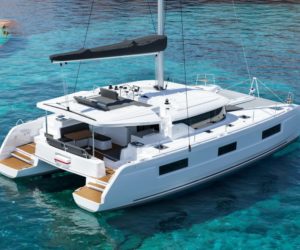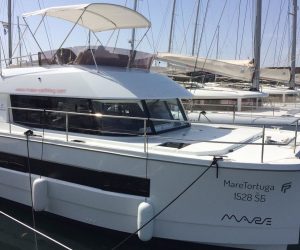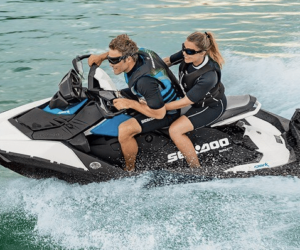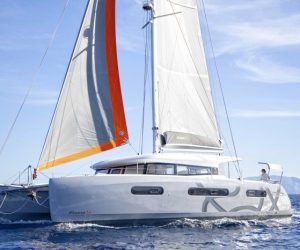Sailing and photography
Sailing and photography: the best spots in Istria for impressive shots

1. Rovinj – The pearl of the Adriatic
Rovinj is undoubtedly one of the most photogenic places in Istria. The old town with its pastel-coloured houses nestled against the steep cliffs is a motif that will delight any photographer. The shots from the water are particularly impressive. If you take a sailing boat along the coast, you will have a spectacular view of the town and the magnificent Church of St Euphemia, which towers over Rovinj.
Photo tip: Plan your arrival in Rovinj in the early evening, when the warm light of the setting sun bathes the town in golden tones. Aerial shots with a drone are also particularly worthwhile here.
2. Brijuni National Park – pure nature and historical treasures
The Brijuni National Park is an archipelago consisting of 14 islands. Each of them offers unique photo opportunities. The mixture of unspoilt nature, ancient ruins and exotic animals makes the Brijuni National Park an exceptional place for photographers. The island of Veli Brijun in particular, the largest of the group, is known for its Mediterranean vegetation and historical sites, such as the Roman villa from the 1st century BC.
Photo tip: Use the early morning hours for your shots. At this time, the light is soft and you can best capture the wildlife in its natural environment. Underwater photography is also worthwhile here, as the clear waters of the Adriatic offer excellent visibility.
3. Limfjord – The green heart of Istria
The Limfjord, a narrow inlet that stretches deep inland, is a natural wonder that you absolutely must photograph. The steep, densely wooded slopes that frame the emerald-green water look like a painting. As you sail through the fjord, you will be overwhelmed by the tranquillity and beauty of the nature around you.
Photo tip: The Limfjord is an ideal place for panoramic shots. If you have a drone, you can capture the majestic landscape from a bird’s eye view. But you can also take impressive pictures from on board your sailing boat – especially in light morning fog.
4. Poreč – History meets modernity
Poreč, another charming coastal town, is known for its well-preserved Roman and Venetian buildings. The famous Euphrasian Basilica, a UNESCO World Heritage Site, is one of the highlights of this town. However, it is not just the historical buildings, but also the modern marinas and the lively hustle and bustle in the alleyways that make Poreč a varied photo spot.
Photo tip: Contrast shots in which you combine the old buildings with the modern sailing boats in the foreground are particularly exciting. You will get the best shots if you take them in the early morning or late afternoon to avoid harsh shadows.
5. Kap Kamenjak – Wild nature and dramatic coastal landscapes
In the very south of Istria lies Cape Kamenjak, an unspoilt nature reserve that is perfect for adventurers and nature lovers. The rugged cliffs, hidden coves and crystal-clear bays provide a dramatic backdrop for your photos. As you sail along the coast, you can drop anchor again and again and enjoy the solitude of this wild place.
Photo tip: Cape Kamenjak is known for its spectacular sunsets. If you are in the right place at the right time, you can capture the play of colours in the sky above the cliffs in impressive pictures. The wild flora and fauna are also ideal for macro shots.
Our summary
Istria is a paradise for sailors and photographers alike. The combination of picturesque coastal towns, unspoilt nature and crystal-clear water offers countless photo opportunities that you should definitely discover. Pack your camera, set sail and get ready for unforgettable experiences and impressive shots in one of Croatia’s most beautiful regions.

































